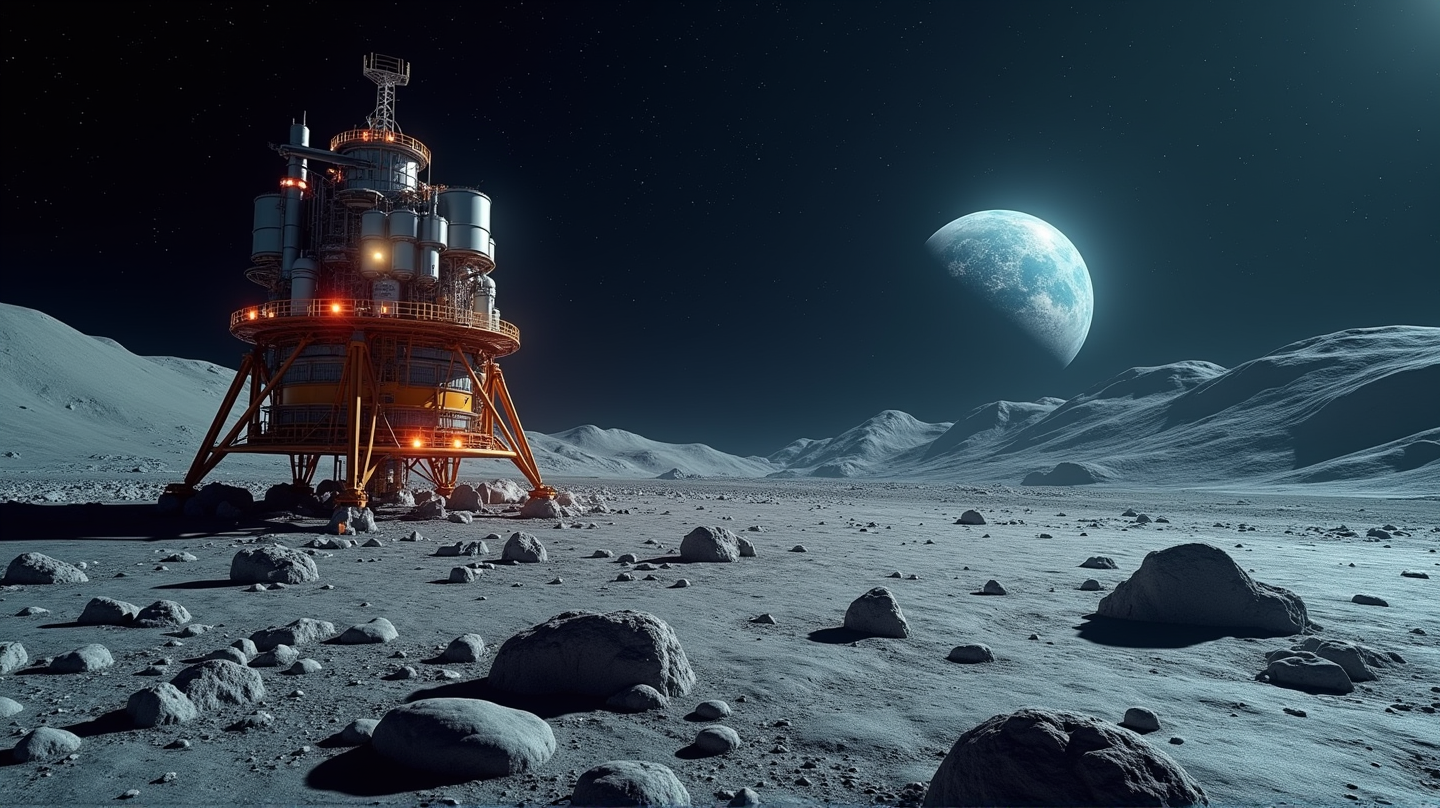US to Beat Russia and China with Moon-Bound Nuclear Reactor by 2030
The US plans to establish a nuclear reactor on the Moon by 2030 to lead the space race against China and Russia. Discover its implications.

A Bold Move in the Space Race
The United States is preparing to make a significant stride in the renewed space race by planning for a nuclear reactor on the Moon by 2030. This audacious initiative aims to establish a powerful American presence on the lunar surface, outpacing rivals China and Russia in shaping the future of space exploration. According to The US Sun, NASA’s intention is to harness the Moon’s potential and fortify its national security interests in space.
Fueling Ambitions
The reactor, part of NASA’s Fission Surface Power Project, is expected to provide continuous power to future lunar missions. Unlike solar panels, which are inactive during the long lunar nights, a nuclear reactor would ensure a steady energy supply, enabling exploration of shadowed lunar regions rich in potential resources. Sean Duffy, NASA’s chief, underscores the importance of this project as a crucial step towards sustaining long-term human settlements on the Moon.
Strategic Significance
China and Russia’s recent collaboration on the International Lunar Research Station (ILRS) has heightened urgency for the US. Their joint effort to establish a nuclear station on the Moon underscores the geopolitical stakes of lunar exploration. Former NASA administrator Bill Nelson has voiced concerns over China’s military presence, suggesting parallels might emerge on the lunar surface, potentially invoking breaches of the 1967 Outer Space Treaty.
Unveiling the Lunar South Pole
In an interconnected web of exploration, nations like the US, China, Russia, and India focus on the Moon’s far side, particularly the resource-dense south pole. Scientists consider this area crucial for water-based ice, essential for sustained habitation. As countries race to claim strategic lunar territories, the US’s reactor could be key to unlocking further explorations into deeper space.
The Path Forward and Potential Threats
While the US leads with the Artemis Accords fostering peace in lunar endeavors, China remains outside this agreement, fostering apprehensions of territorial declarations. This endeavor by the US represents not just a technological triumph but plays into a larger chessboard where geopolitics and advanced exploration collide.
Stay tuned as the US gears up to light the way in space, where it’s not just a leap for mankind but a strategic maneuver in the cosmic arena.

